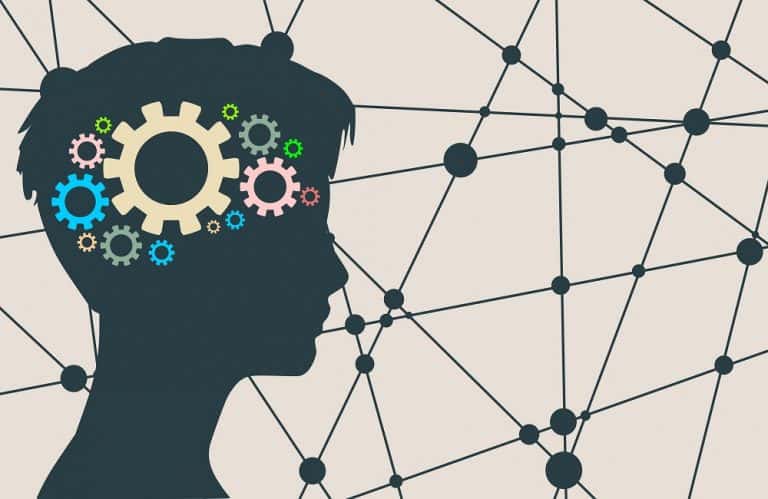The American Education System is comprised of different education levels. These levels are rigorously designed to help students become better citizens, prepare them for the job market or help them pursue their passions. This post further tries to explain different education levels and qualifications, what’s their significance and they relate to one another. This will help you make choices about your career and develop an education plan accordingly.
What are the different levels of Education?
Primary and Secondary Education
In the United States, primary and secondary education is compulsory through the age of 16. Moreover, it is provided free in public schools. Primary education runs from Kindergarten through sixth grade. Basic education is compulsory in elementary school, while students can also enroll for specialized programs, such as sports, music, art and physical education.
Secondary education is the second stage of formal education, followed by primary education. It is provided between sixth and twelfth grade. Secondary education is further comprised of two programs – “middle school” or “junior high school” and “high school.” Students are awarded a diploma or certificate upon graduating from high school. High school instruction, which offers general, vocational, technical, or college-preparatory courses, serves as a basis for the next levels of education i.e. higher education.
Post-Secondary Education Levels
Post-secondary education levels split into 3 levels – Undergraduate, Graduate in Pursuit of a Master’s Degree, Graduate in Pursuit of a Doctorate Degree. Although post-secondary education levels are non-compulsory in the United States, they help students specialize in particular fields or compete in the intense job market. Since the higher education system in the United States is highly decentralized, students are granted a wide variety of career choices by colleges or universities. Students can pick from public or private universities. Some institutions are also religiously affiliated universities.
More: Secondary Vs. Postsecondary Education: Knowing the Differences
Let’s have a brief overview of higher-education levels in the United States:
Undergraduate
A student is said to be studying at the undergraduate level if he is studying in a college or university but has not earned a bachelor’s degree yet. It typically takes about four years to earn a bachelor’s degree. Students can either begin their studies in pursuit of an associate’s degree at a 2-year college (community college) or a bachelor’s degree at 4 -year university or college.
The first two years of undergraduate education generally focus on educating students on different subjects, known as prerequisite courses, in order to help them achieve general knowledge and lay a foundation for specialized studies. These subjects may include mathematics, science, literature, the social sciences, history, the arts, and so on.
After completing high school, many students move on to study at a community college in order to earn an associate’s degree. After studying prerequisite courses there, they transfer to a 4-year college. Community colleges are popular among students because of their affordability and flexibility. In fact, joining the community college helps students earn a degree at a fraction of the price. They also give students an academic boost and help them improve their transcripts. This increases their chances of getting admission into a well-reputed college or university.
A “major” is the specific field of study you choose in your college or university. For example, if your major in arts, you will earn a Bachelor’s Degree in Arts. The American higher education system gives students the flexibility to change their major multiple times if they want. So, if you find a particular field of study that interests you, you can switch to it.
Read More: What is a Liberal Arts Degree and What Can You Do With It?
Graduate in Pursuit of a Master’s Degree
Certain higher-level professions in specialized fields such as healthcare and engineering demand more than just a bachelor’s degree. This is when graduate students move on to earning a master’s degree in order to advance their careers in those fields.
In order to take admission into a graduate program, students are required to take standardized tests such as GRE (graduate record examination). Certain master degree programs require students to take particular tests, such as the GRE or GMAT for business school, and the LSAT for law school.
It typically takes one to two years to complete a graduate program in pursuit of a master’s degree. For example, while journalism only takes one year to complete, the MBA (master of business administration) takes about two years.
More:
- Bachelor’s vs. Master’s Degree and Program
- What can I do with a Master’s Degree in Sports Management
- Can You Teach at a University with a Masters Degree?
Graduate in Pursuit of a Doctorate Degree
While some schools consider master’s degree an important step before attaining a doctorate degree (Ph.D.), others may prepare directly for Ph.D. without asking for a master’s degree. It may take three years or more to earn a doctorate degree. If you are an international student, it may take as long as six years.
Most doctoral students enroll in classes and seminars for the first two years of the program. Another year is spent conducting research and writing a thesis or dissertation. The majority of universities that award doctorate degrees also require the candidates to have a reading knowledge of two foreign languages. They are also required to spend a particular length of time “in residence,” to pass a qualifying examination for admission into the Ph.D. program. Students may also need to pass an oral test on the same topic as the dissertation.
More:
- What is the Difference Between EdD and Ph.D. in Education?
- How Long Does It Take to Get a Ph.D. Degree
What is the highest education level?
Have you ever come across a form asking you to fill in your education level? If yes, you might have wondered what to put in it. Well, your own education level refers to “the highest level of qualification you have achieved”. For example, if you’ve just obtained a high-school degree, then your highest education level is “high school” and if you have obtained a master’s degree, then you need to fill “Master’s Degree” in the blank space.
Many students in the United States enroll themselves in the college while they are still in high school in order to gain real college experience and make mature decisions regarding their careers. Early-college programs also let students earn valuable college credits while they are still in high school. These credits help them complete the degree while they are in actual college.




